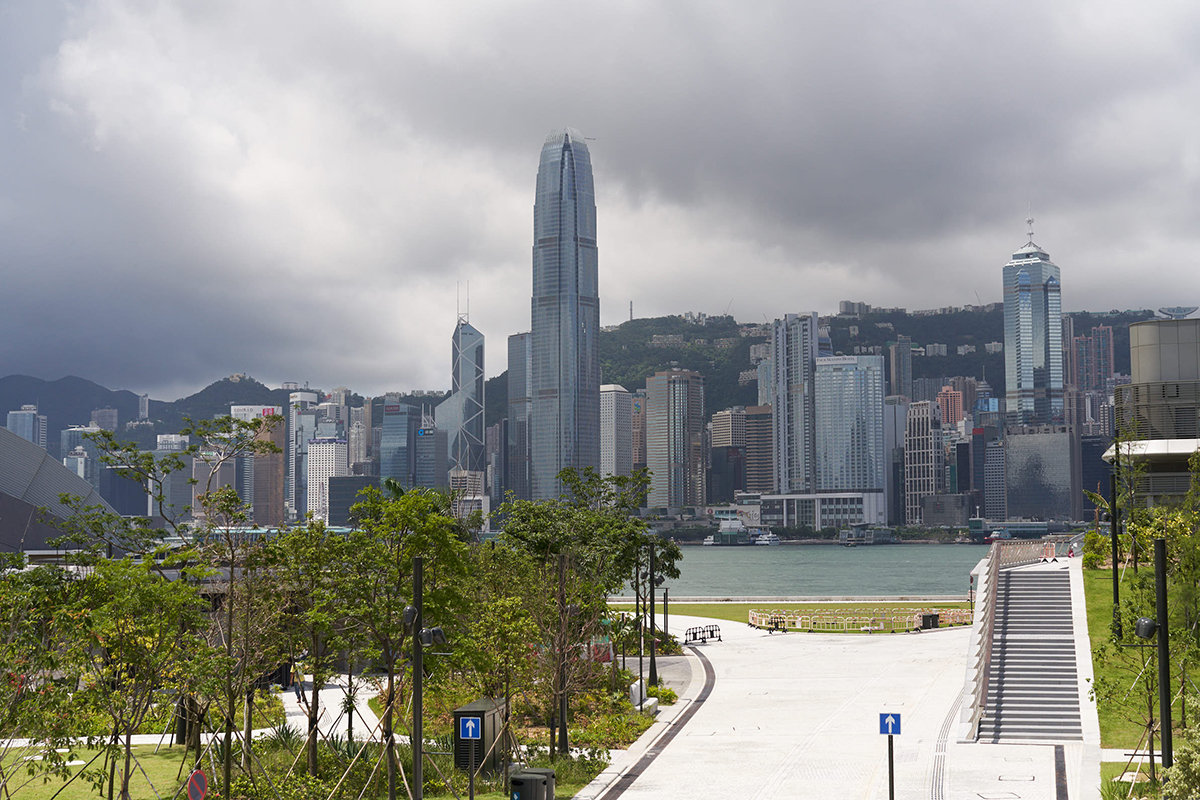
M+ will transform the West Kowloon skyline
LUX Contributing Editor and Hong Kong art and design doyen Alan Lo in conversation with Suhanya Raffel, the director of M+ – a museum set to change the conversation about Asia’s place in the art world
It may just be the most important contemporary cultural development in the world. Hong Kong’s M+ museum of visual culture is, finally, scheduled to open in early 2021 after years of anticipation (and a few delays). The Herzog & De Meuron-designed building will not just be a stunning addition to the skyline, it will be the cornerstone of the new West Kowloon Cultural District – an area which, along with Adrian Cheng’s K11 development in Victoria Dockside, will transform Hong Kong. The city has always been known for its commerce and cuisine, but with M+ – the most sophisticated and extensive showcase of its type in the world – it is set to make the leap towards becoming a major player culturally, too.
The figures are staggering: M+ has nearly twice the floor area of London’s gargantuan Tate Modern. It has already purchased all the existing and future work of funky digital collective Young Hae Chang Heavy Industries. Expect plenty more fireworks to come.
Follow LUX on Instagram: luxthemagazine
Alan Lo: You joined M+ from the Art Gallery of New South Wales in 2016. Why Hong Kong at this juncture in your career? What do you hope to achieve as executive director?
Suhanya Raffel: The M+ project has always been on my radar. I’ve been visiting Hong Kong since the early 1990s and was keenly aware of the major cultural infrastructure programme on West Kowloon when it was being formulated. To deliver M+ as the museum director is an opportunity I couldn’t resist. Bringing a major cultural institution into Asia and seeing how it will transform Hong Kong is a key achievement. M+ will be the place to come and see Asian visual culture, as we naturally take a preeminent place among international museums.
Alan Lo: All eyes are on what will be the most important art institution in Asia. What can we expect at the opening?
Suhanya Raffel: We have spent the past six years assembling an outstanding collection of visual culture from the mid-20th century onwards. It is unique in scope and brings a necessary perspective to the understanding of design, architecture, visual art and moving image as it has developed in this part of the world. Our opening will be dedicated to profiling our collections and I know that it will bring entirely new points of view on the various histories of our region.
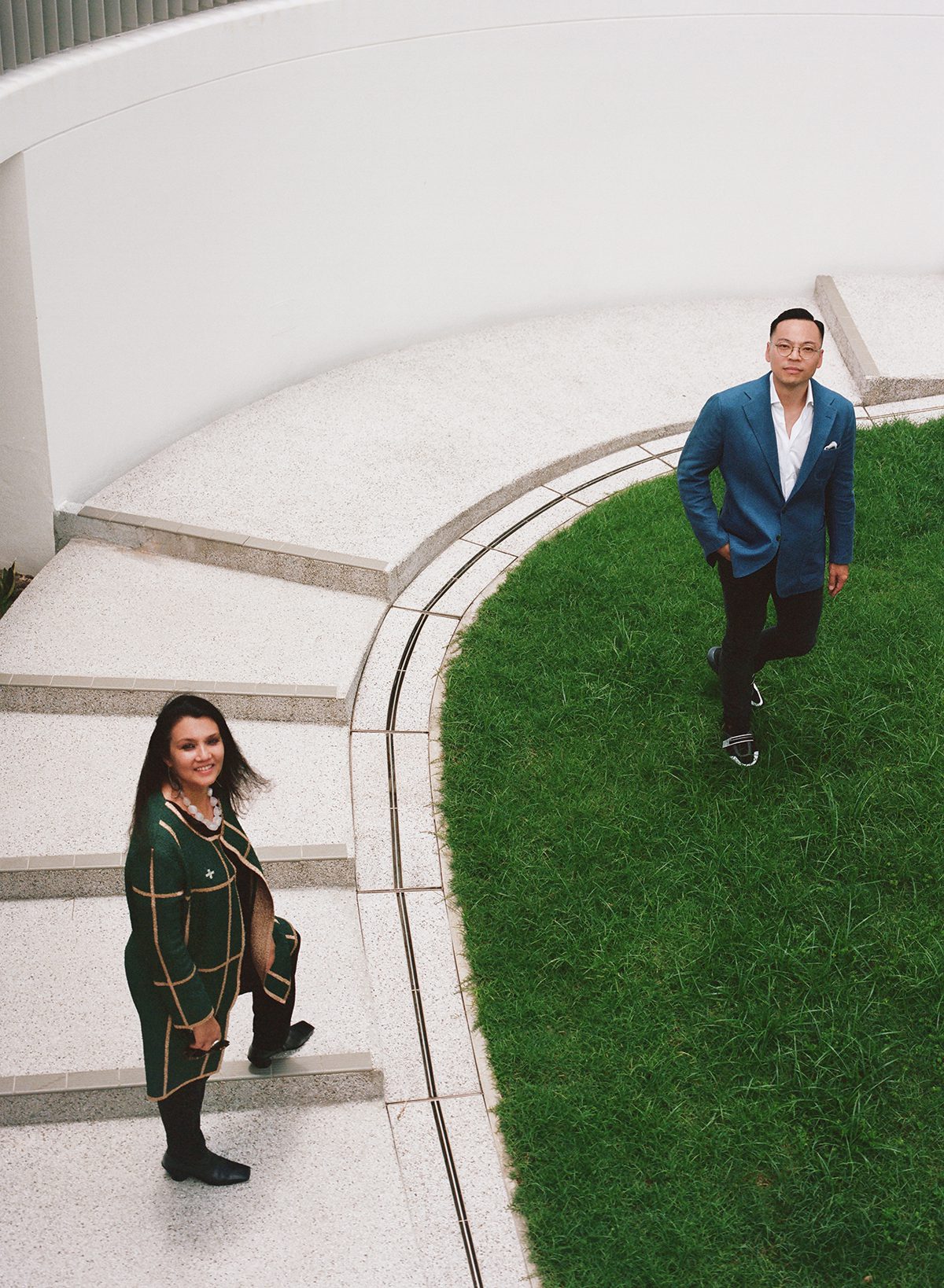
LUX Contributing Editor Alan Lo and M+ director Suhanya Raffel
Alan Lo: Critics have pointed to the M+ curatorial team’s lack of local/Hong Kong knowledge. What do you have to stay to that?
Suhanya Raffel: At M+ we embrace diversity, which is an important characteristic of Hong Kong, a global city with a proud history of being cosmopolitan and outward-looking. We have specialist curators of Hong Kong visual culture who have a deep knowledge of the work of artists, architects, designers and filmmakers from here. Our curators work together across disciplines and that brings a strength of vision and voice, both to the Hong Kong cultural community and beyond. We must add to the Hong Kong cultural ecology, embracing the strengths and contributions of Hong Kong makers and showing them together with their international peers. What has been missing here in Hong Kong is a major global institution developed from its local positioning, and this has now been redressed with the development of M+.
Alan Lo: How do you see the Hong Kong/Greater Bay Area art ecosystem evolving?
Suhanya Raffel: Hong Kong will grow even further as a major international centre for the arts. We have seen this growth already, and it will only amplify as collecting institutions, both public and private, establish themselves, with global best practice as a governing principle.
Read more: Designer Philipp Plein on mixing business with pleasure
Alan Lo: M+ will rely on support from art patrons locally and globally. Are you seeing healthy growth in art patronage in the region?
Suhanya Raffel: Yes, absolutely I can see a healthy growth of art patronage. The relationship between patrons, collectors, philanthropists, members and foundations in relation to M+ is already developing from strength to strength. It is only together with our various audiences and communities that a museum of M+’s scale can begin to be successful. When we open, it will be just the beginning of our museum’s journey, and ensuring our various stakeholders understand this is clearly one of the challenges.
Alan Lo: M+ began to co-commission the Hong Kong exhibition at Venice Biennale in 2013, which resulted in Hong Kong-based artists seeing a surge in prominence. Why do you think it’s important for M+ to play a role?
Suhanya Raffel: As a global museum, we see profiling Hong Kong artists, designers, architects and makers as an intrinsic part of our work. In this regard, M+ co-commissioning the Hong Kong in Venice Pavilion at the Venice Biennale has brought greater prominence to these artists, and by association, the Hong Kong art world.
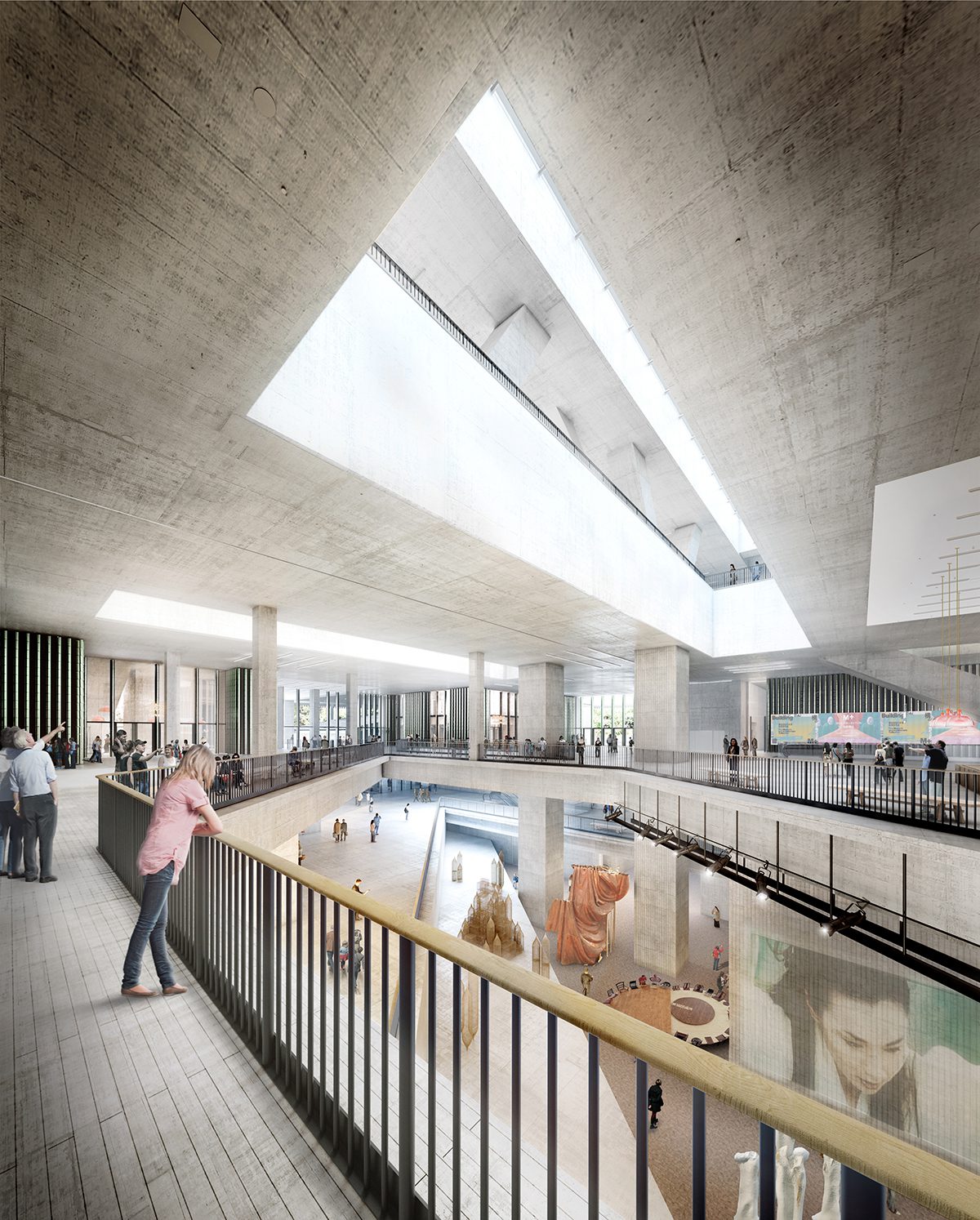
The vast interior of M+ will have twice the floor area of London’s Tate Modern
Alan Lo: Many private museums have popped up in Asia. Would you like to see more private museum projects in Hong Kong?
Suhanya Raffel: A healthy mixture of private and public institutions is something to encourage. Hong Kong’s aspiration to become a cultural capital means we need to see more institutions of various scales across the private and public sphere take hold and grow. We are already seeing this take root, ensuring Hong Kong’s place as a great global cultural city.
Alan Lo: M+ is a major project focusing on contemporary visual culture. What about the audience in our region? Are the people of HK and southern China ready for M+?
Suhanya Raffel: Without question, the audiences are here. It is a young audience with a strong appetite for contemporary culture.
Read more: How wealthy philanthropists are supporting conservation
Alan Lo: Do you think the shift in the global art market toward the top end is helping or hurting the ecosystem? How are museums changing to reflect the increasing concentration of art in private hands?
Suhanya Raffel: Public institutions cannot compete with the private market. That is why philanthropy is an important part of museum work. As we develop M+, to communicate our mission with passion and clarity is essential, and this helps us to develop our audiences. In Asia, the art world ecology is still in its early days, and this brings with it both challenges and opportunities. The establishment of a great public institution that is M+ will bring a much clearer understanding of how a museum adds enormous value to conversations around cultural and regional histories, and how they intersect with and add to essential global dialogues.
Alan Lo: In 20 years’ time, will the world’s major art institutions be split more evenly between west and east? How do you intend to position M+ in the context of this potential shift?
Suhanya Raffel: The M+ vision of bringing an Asian museum voice of substance with a deep multidisciplinary collection to support this position will inevitably change international discourse. The known Euro/American canon will shift, and I hope, with the establishment of M+, many other institutions across Asia will follow. This is healthy, important and vital.
Alan Lo: The influence of collectors has changed so much with social media – how would you like to see them play a role in the future of M+?
Suhanya Raffel: The role of social media and digital is the one revolution that defines our century. It is the new media and medium of exchange, operating at speed. Museums are traditionally slow-release platforms, but we must build agility and responsiveness. Working together with those who are already alert to these streams is essential and at M+ we are already embracing this parallel world!
Find out more: mplus.org.hk
This article was originally published in the Autumn 19 Issue.
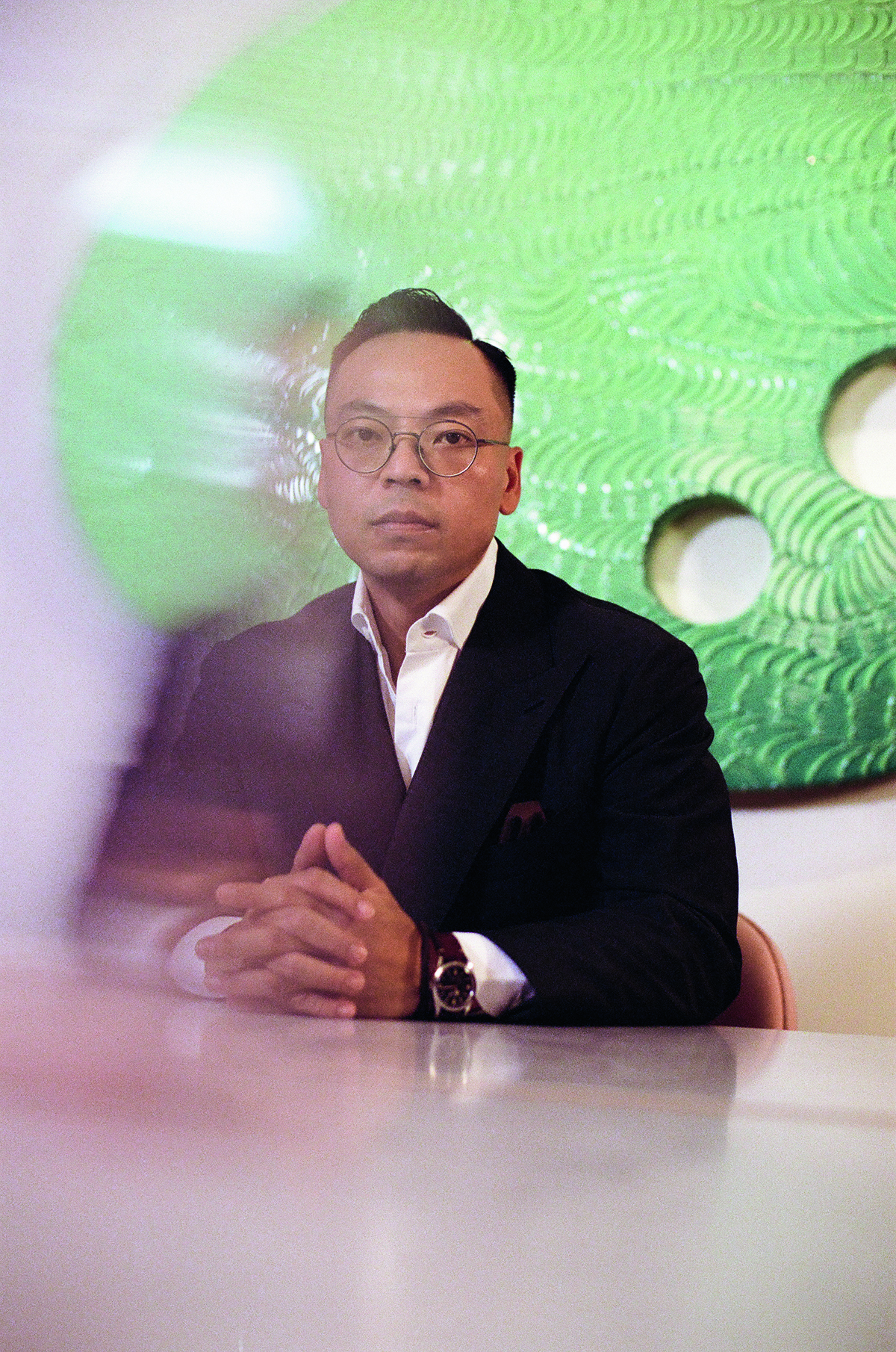
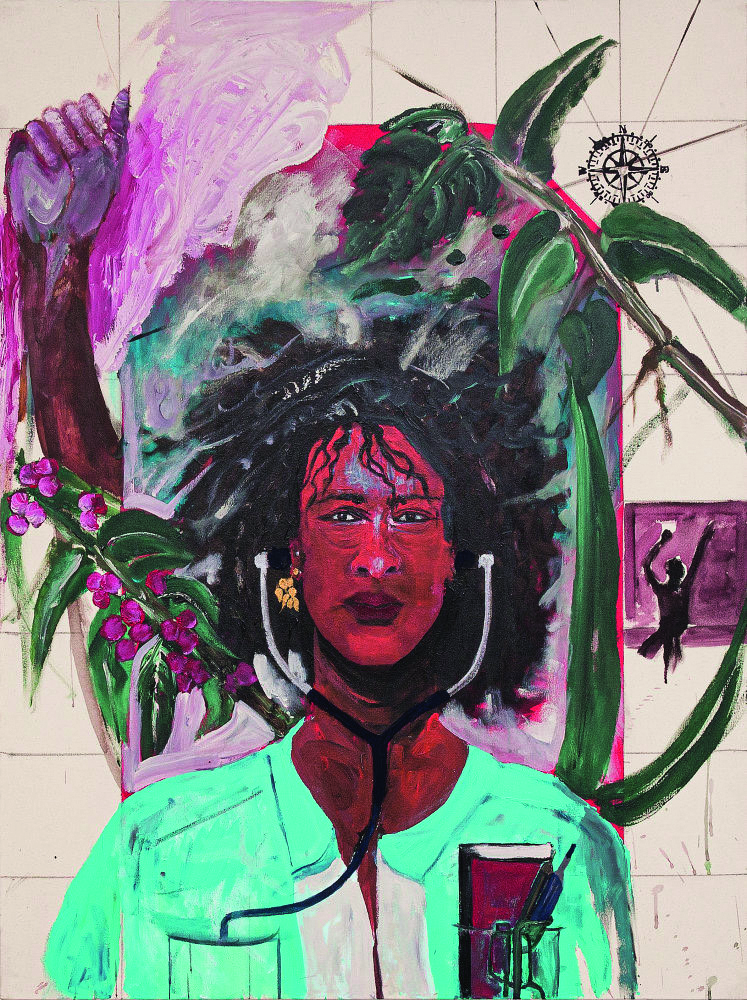
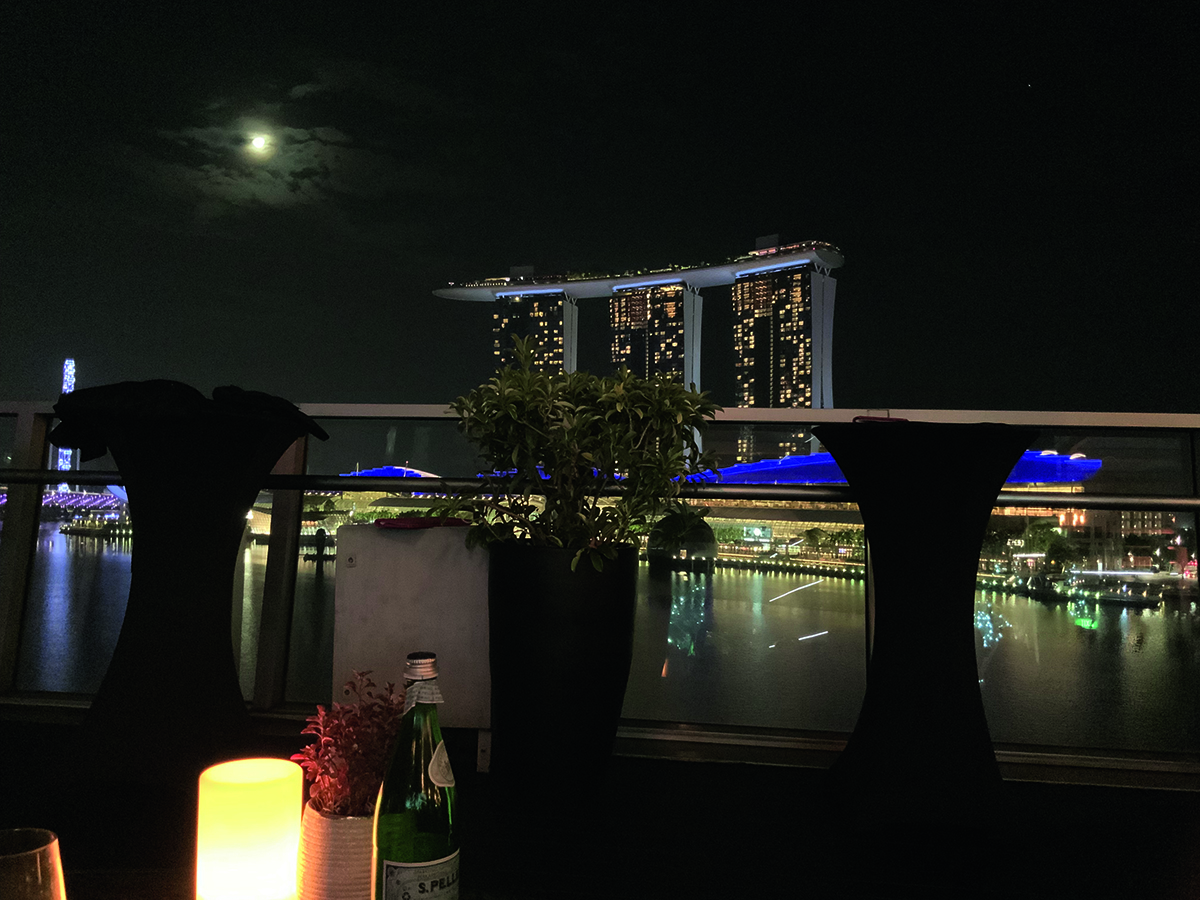
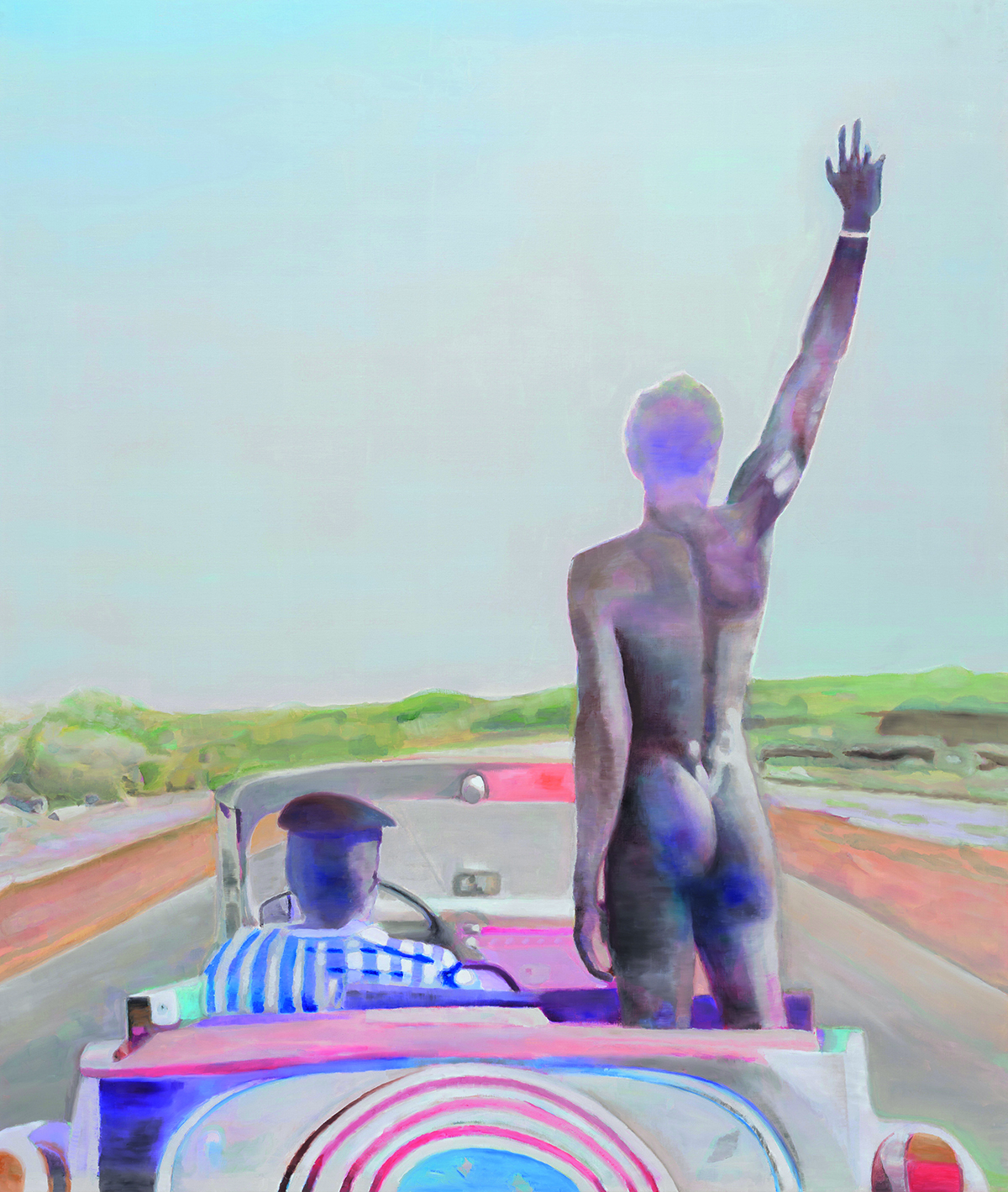


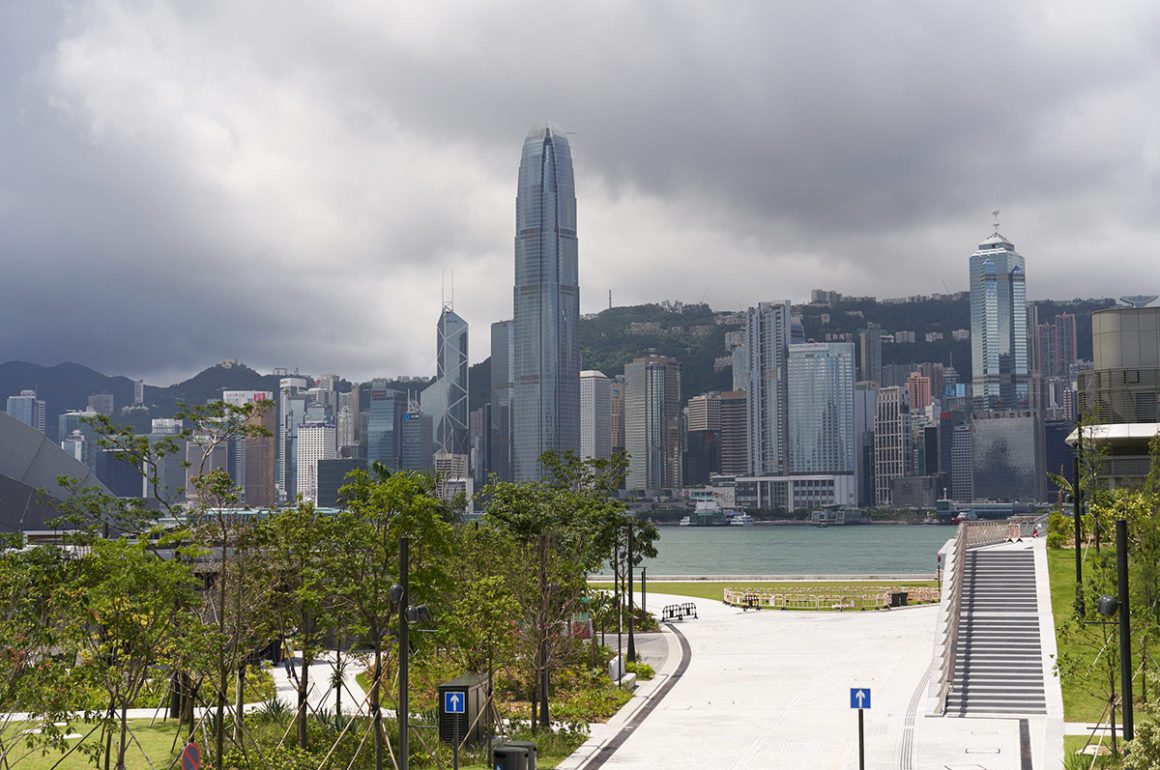








Recent Comments